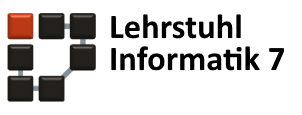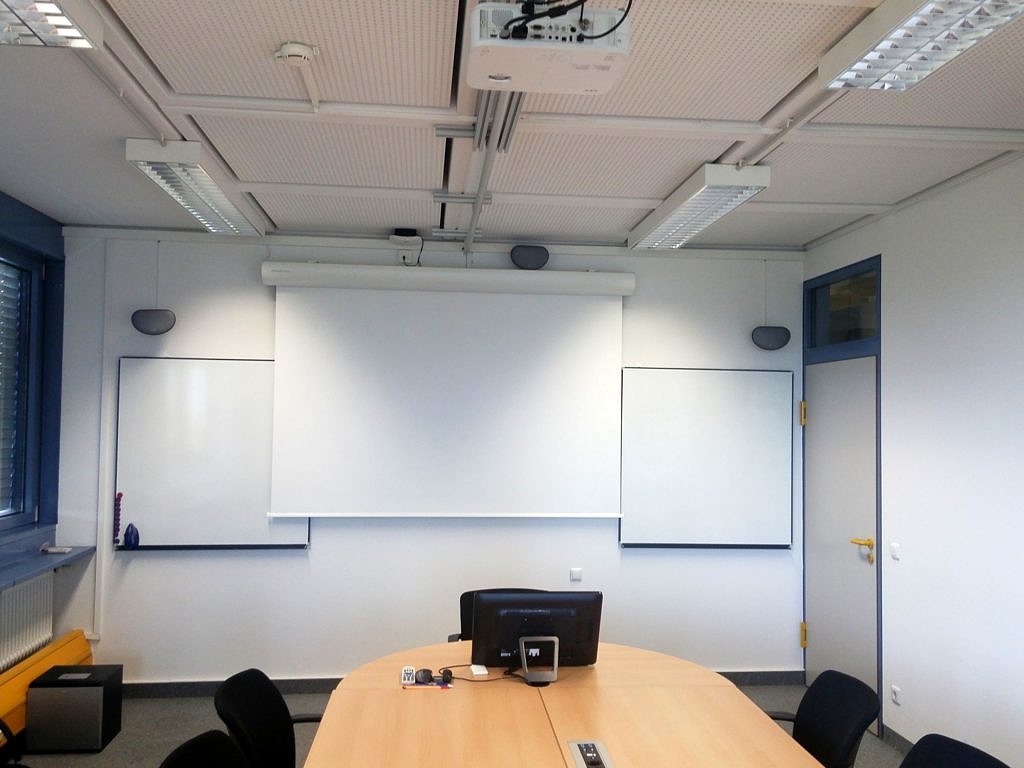Kolloquiumsvortrag 30. April 2024, Oliver Kardos (Funda)
Local TBASCEM – Tight Bounds with Arrival and Service Curve Estimation by Measurements
Our goal is to solve the challenge of quantifying the performance of Hardware-in-the-Loop (HIL) computer systems that are used for data re-injection. In such a system, there are multiple queues and a server system operating on a First-In, First Out (FIFO) basis. Here, the challenge lies in establishing tight bounds on end-to-end delay and system backlog. With that, buffer and pre-buffer time configurations can be optimized. To achieve this, Network Calculus (NC) is chosen as the
basic analytical framework. For NC calculations, different techniques of estimating arrival and service curves from measurement data can be used from the literature. We have chosen four of these methods, which can be applied to data sets of industrial Timestamp Logging (TL). However, here the problem is that these conventional methods could produce too large bounds (by factor of 1000 or more) than the measured maximum values. This can lead to an ineffective design of HIL system parameters and inefficient resource usage. In our proposed approach, called local TBASCEM, we introduce a local reverse engineering approach. It derives from the global TBASCEM and relies on linear NC equations for estimating
the parameters of arrival and service curves. For test purposes, we imposed constraints on the equation variables and employed non-linear imposed constraints on the equation variables and employed non-linear optimization. So that, we achieve tighter bounds on service curves in comparison to four other state-of-the-art methods. Furthermore, TBASCEM
in general eases the run-time measurement process. This is done by supporting real-time data acquisition to evaluate and optimize HIL system performance. It also enhances observability for the adaption of the HIL configuration to new sensor data. Efficient performance logging of arrival and service curve parameters and the derivation of tighter bounds in HIL systems make TBASCEM a strong tool for optimizing and monitoring applications in non-hard-real-time environments.
Zeit: 10:15 Uhr
Ort: Raum 04.137, Martensstr. 3, Erlangen
oder
Zoom-Meeting beitreten:
https://fau.zoom-x.de/j/68350702053?pwd=UkF3aXY0QUdjeSsyR0tyRWtLQ0hYUT09
Meeting-ID: 683 5070 2053
Kenncode: 647333

